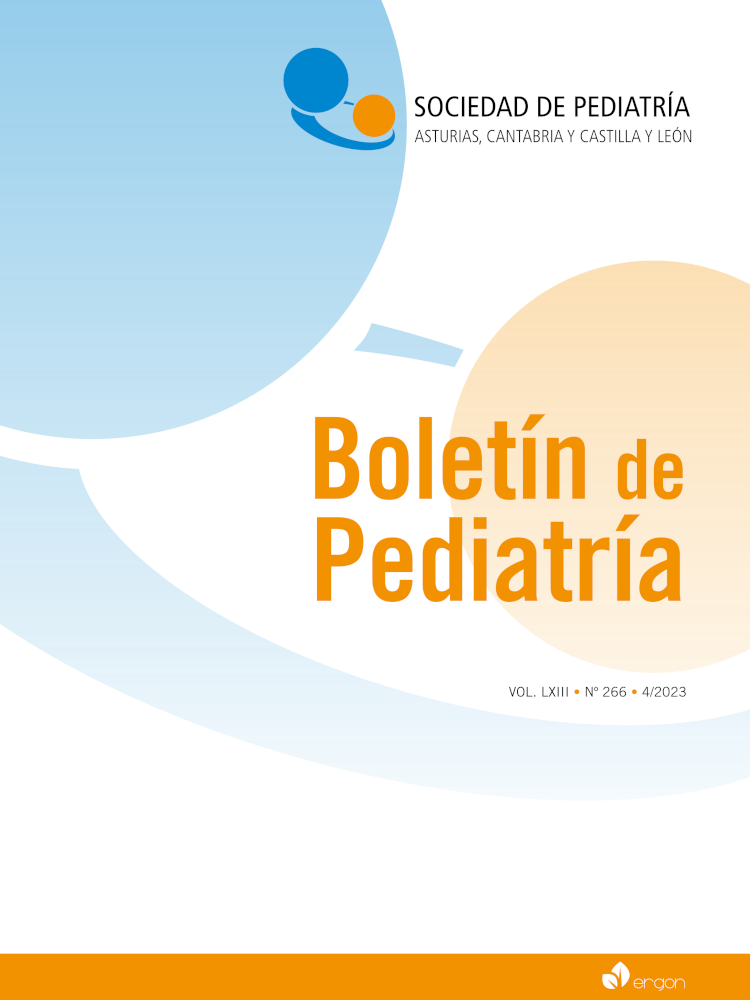Abstract
Introduction. Trauma is among the leading causes of morbidity and mortality in childhood. The isolation of the population during the 2020 pandemic caused changes in the frequency and severity of pediatric trauma, due to modifications and restrictions in social dynamics, fear of contagion and reorganization of health care.
Objectives. To analyze the impact of the confinement of the pediatric population on epidemiological patterns and emergency health care for pediatric trauma, taking a tertiary level hospital as a reference. Material and methods. Retrospective, comparative and descriptive study. Analysis of patients treated for trauma at any level in the Emergency Department of a tertiary hospital, during the first fifteen days of confinement (March 2020), compared with the same pre-pandemic period.
Results. Of the total of 388 patients, 40 were seen during confinement (88.5% less than the same period of the previous year). The mean age of the pre-pandemic group was significantly higher. The severity in patients in the confinement group was higher than in pre-pandemic patients. The most frequent site of injury during confinement was at home, with an increase in facial injuries.
Conclusions. During the SARS-CoV-2 pandemic, there was a decrease in the demand for pediatric trauma emergency care, with an increase in the severity of the children seen. There were changes in injury patterns, as well as in the location of the most frequent lesions.

This work is licensed under a Creative Commons Attribution-NonCommercial 4.0 International License.
Copyright (c) 2023 Boletín de Pediatría
